Preparing your fruit trees against the onset of winter is essential to their health and productivity. From protecting roots to knowing when and how to prune, here are seven best practices to make sure your trees survive the cold season and thrive in the coming year.
Jump to:
- Insulate Fruit Tree Roots with Mulch
- Pull Weeds Around Your Fruit Trees
- Plant Cover Crops for Extra Nutrients
- Protect the Fruit Tree Trunk
- Clean Up Fruit Trees to Avoid Insects and Diseases
- Water Fruit Trees Well into Winter
- Know When to Prune Fruit Trees
- Know When to Spray Fruit Trees for Winter
- Protecting Your Fruit Tree in Winter is Good for Your Tree
Insulate Fruit Tree Roots with Mulch
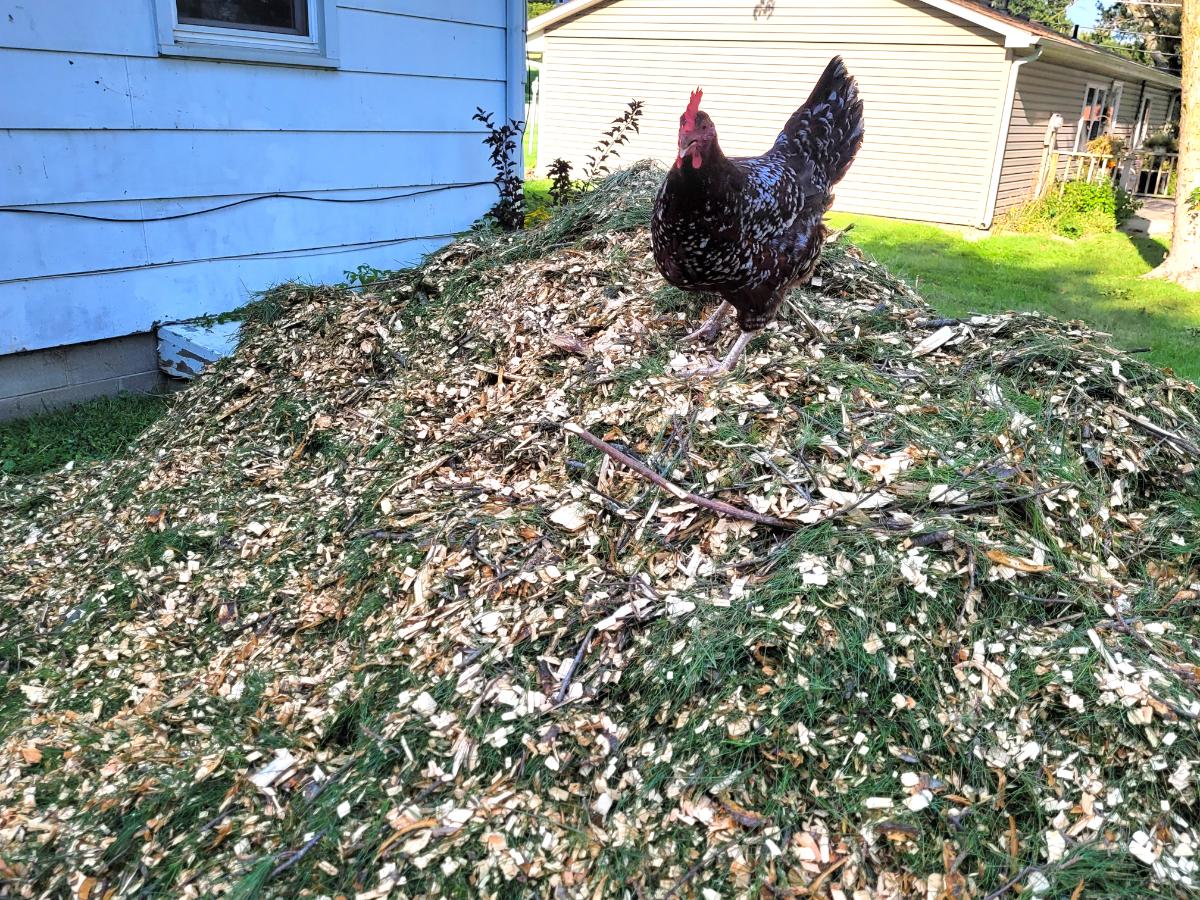
Rocky the hen is amazed at all the mulch. And well, she should be. Not only does mulch benefit chickens, it benefits the life in the soil as well – especially plant roots.
Mulch! Mulch!! Mulch!!!
Mulching is the best way to protect the roots of your fruit trees from harsh weather conditions, not only in winter but all year round.
Cover the ground around the tree’s dripline with cardboard and newspapers to smother weeds, then lay organic mulch materials like straw, wood chips, or shredded leaves over the top of that. This combination provides several benefits to your fruit trees:
- Temperature Regulation: Mulch maintains a steady temperature in the soil, shielding roots from the damage of repeated freezing and thawing.
- Moisture Retention: The mulch layer reduces water evaporation from the soil during winter. Moisture loss can be especially harmful if you experience dry winters.
- Organic Matter: As the mulch breaks down, it adds organic matter to the soil, improving soil structure and adding nutrients that your tree will need.
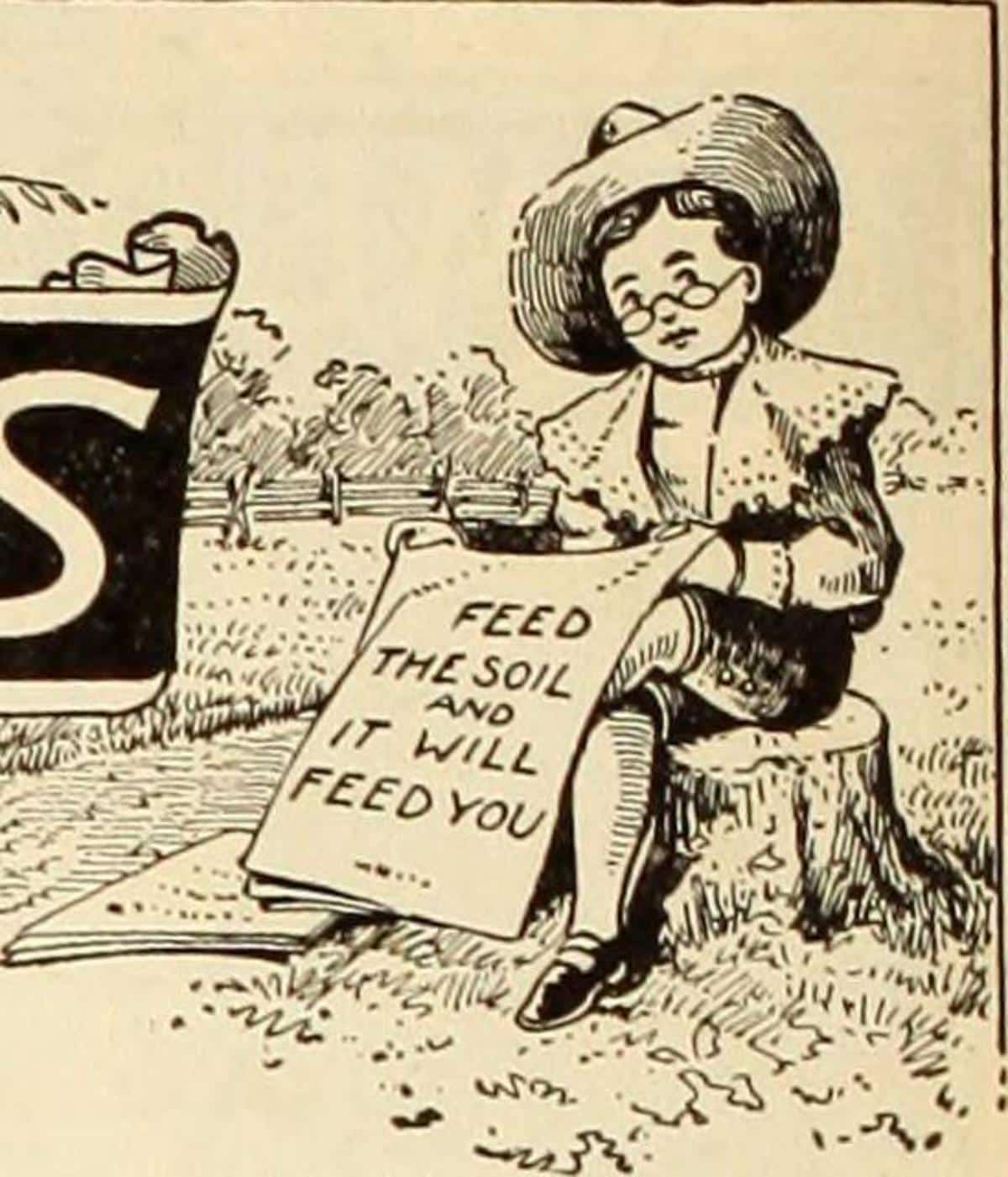
Pull Weeds Around Your Fruit Trees
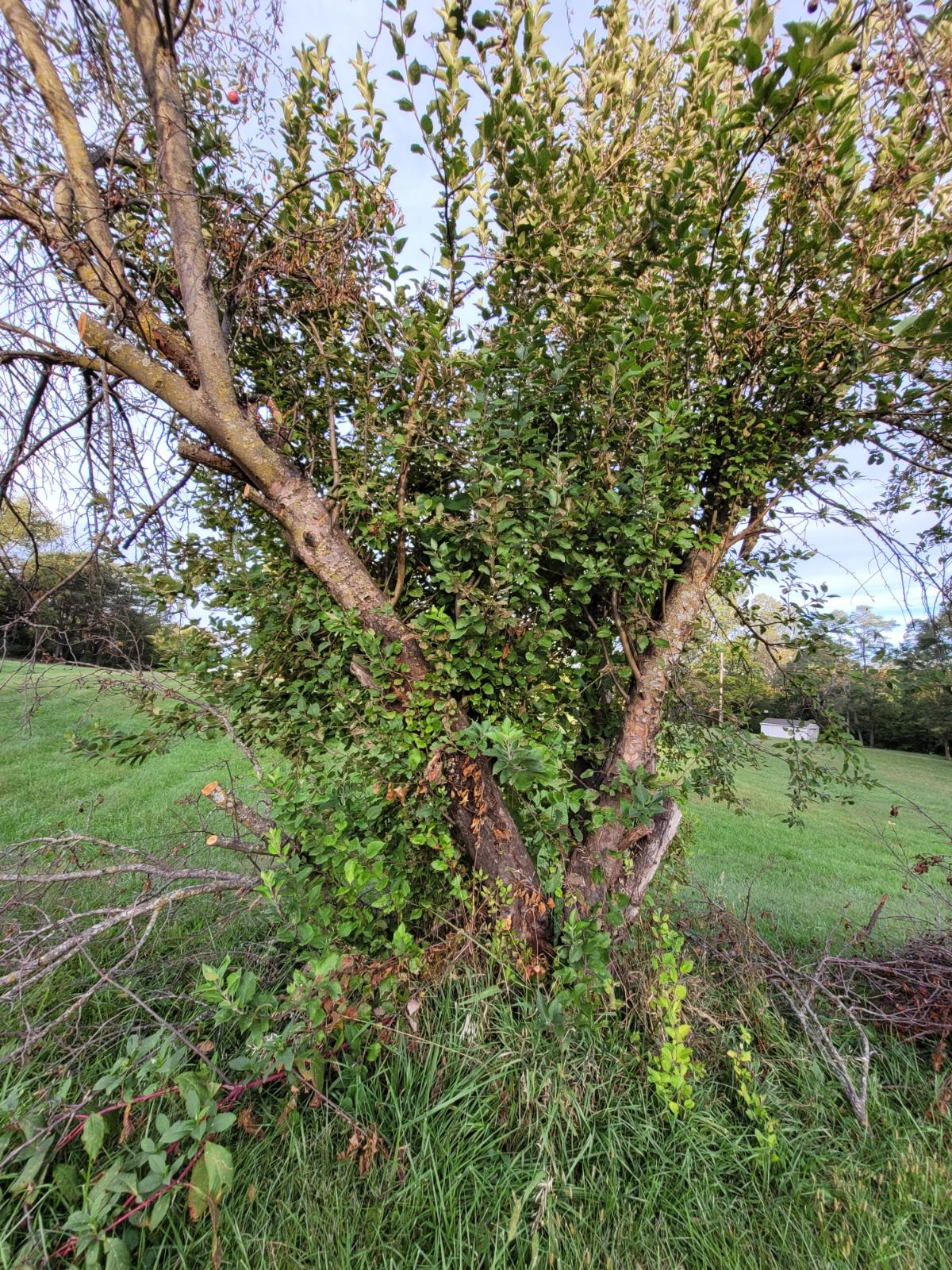
Weeds pull nutrients out of your soil and take them away from the trees. Mow them down, throw the weeds in the compost. Replace the weeds with a layer of finished compost and mulch to feed the soil.
Nutrient Boost: Compost enriches the soil, promoting healthy root growth and preparing the tree for robust growth in spring.
Note: Take it easy with the compost on young trees. Too much can force new growth on them in a way that’s not sustainable.
Read more gardening advice from Rosefiend Cordell.
Plant Cover Crops for Extra Nutrients
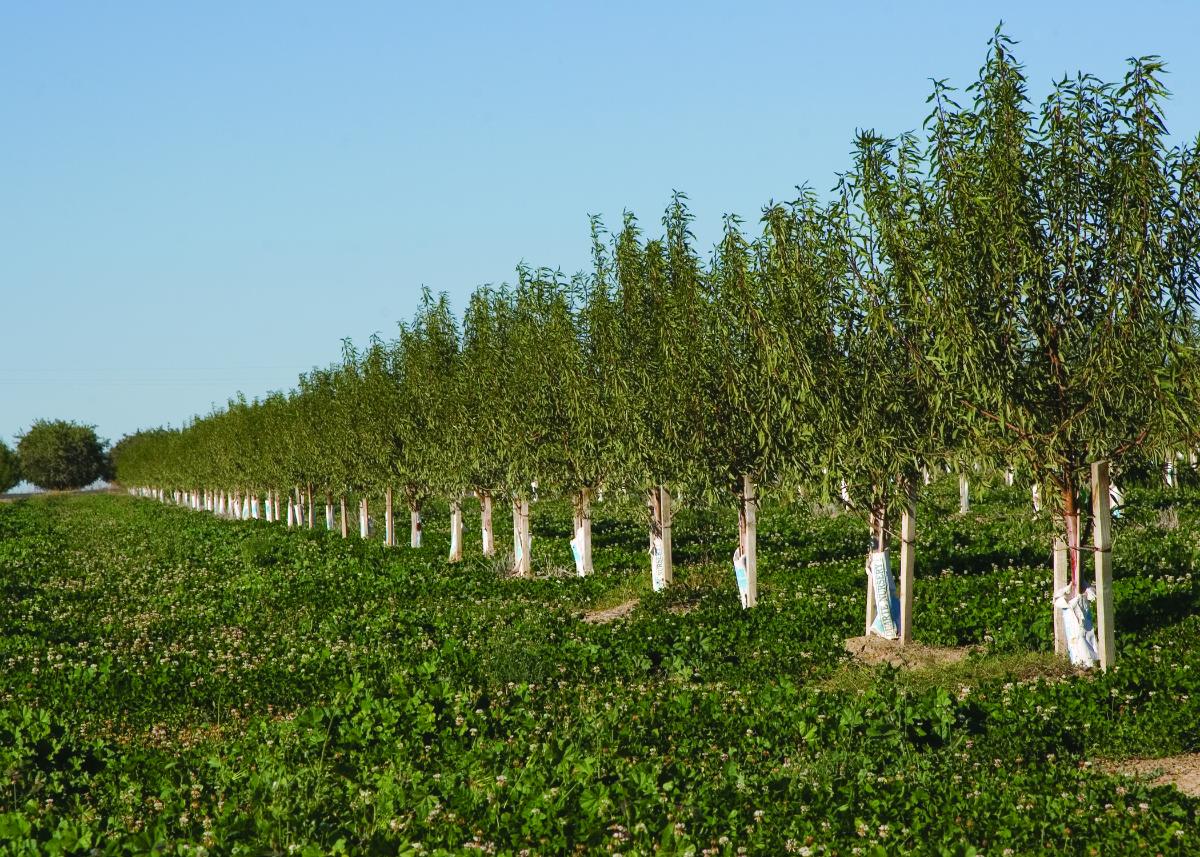
In areas with mild winter temperatures, planting a fall cover crop such as clover or other leguminous plants, can enrich the soil and prevent erosion. These crops fix nitrogen into the soil and add organic matter when tilled in before spring planting.
Another way to increase nutrients is to put down a fall cover crop of clover or cover crops.
Protect the Fruit Tree Trunk
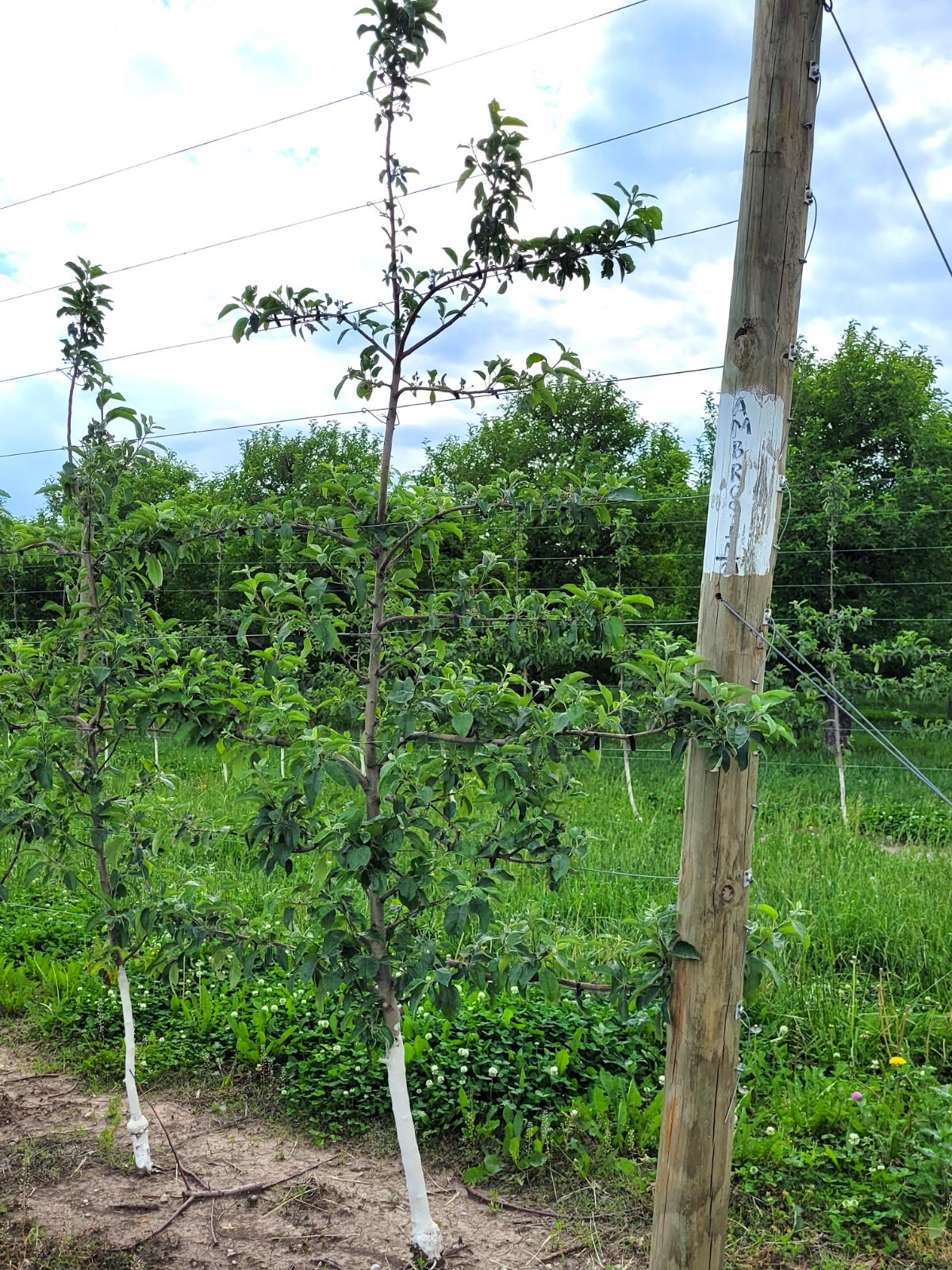
Winter weather can lead to bark damage due to sudden temperature fluctuations, especially in younger fruit trees. Freeze/thaw cycles can make the bark split. The trunk can also be affected by sunscald, which occurs when the bark is exposed to intense sunlight reflected up from the snow.
- Apply a Tree Guard: Wrap the trunk with a white spiral tree guard. This also protects the tree (to some extent) from nosy critters who like to eat the soft bark of apple trees. Remove the tree guard in spring.
- Paint the Trunk: Apply a mixture of 50% water and 50% white latex paint to the trunk to reflect sunlight and protect the tree against sunscald.
- Use Burlap for Young Trees: Wrap the trunk of young fruit trees with burlap strips or other breathable fabric. This layer protects the bark from windburn, keeps it insulated, and helps reduce sunscald risk.
Read more:
- 12 Tips for Planting Fruit Trees + How to Do It
- 12 Low-Maintenance Fruit Trees Anyone Can Grow
- 12 Best Mini Fruit Trees to Grow Indoors
Clean Up Fruit Trees to Avoid Insects and Diseases
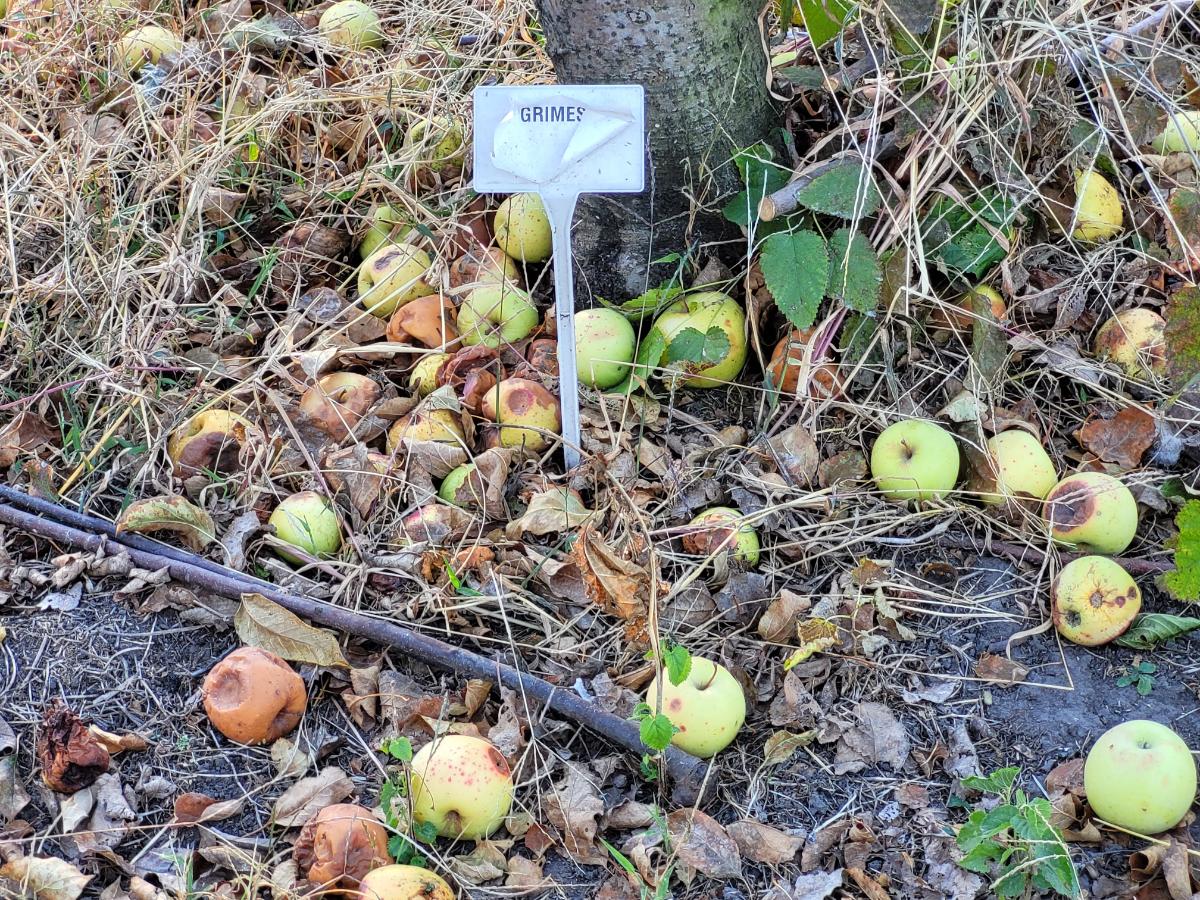
Cleaning up your orchard helps control pest and disease cycles. Many of these overwinter in old fruit or fallen leaves, so it’s a good idea to clean up around your trees in late fall.
- Remove Fallen Fruit and Leaves: Old fruit can harbor fungal spores, which can cause diseases the following season. Rake up fallen leaves and any remaining fruit on branches to reduce the risk.
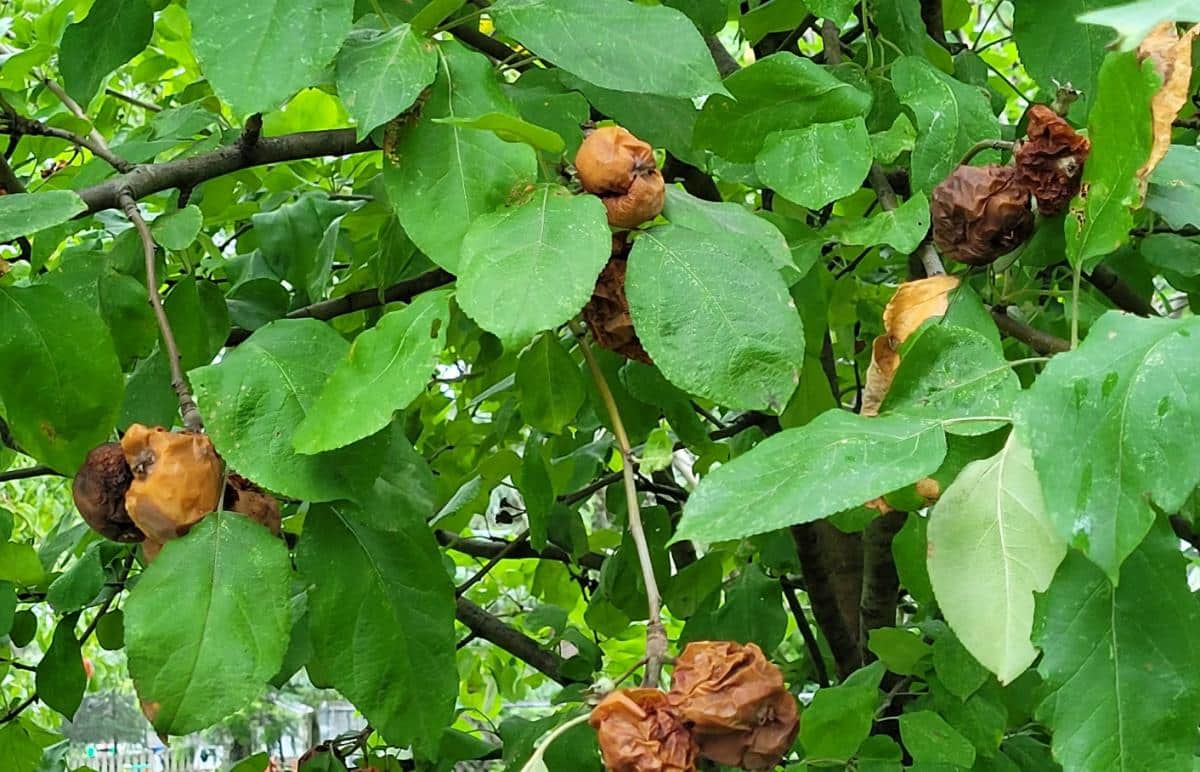
Fruit that rots on the tree is often caused by a fungus called brown rot (Monolinia or Botrytis). If left to overwinter on the tree, the spores will infect new fruit next year.
- Remove Mummified Fruit: Shriveled fruit that still lingers in the tree can be from a fungus that attacks ripe fruit and turns it soft and mushy on the tree. These should be removed as soon as they appear to curb the spread of the fungus. Be sure to spray with a fungicide if you have this problem.
- Compost or Dispose of Debris: After raking up leaves and fruit, either compost them or dispose of them far from your fruit trees, especially if your area has had issues with fungal diseases.
Water Fruit Trees Well into Winter

Water them consistently until before the ground freezes, especially if it’s dry. Trees need this moisture to prepare for winter.
Don’t forget to turn off the irrigation system before the first hard freeze, and blow out the pipes so water doesn’t turn to ice inside them and break them.
Know When to Prune Fruit Trees
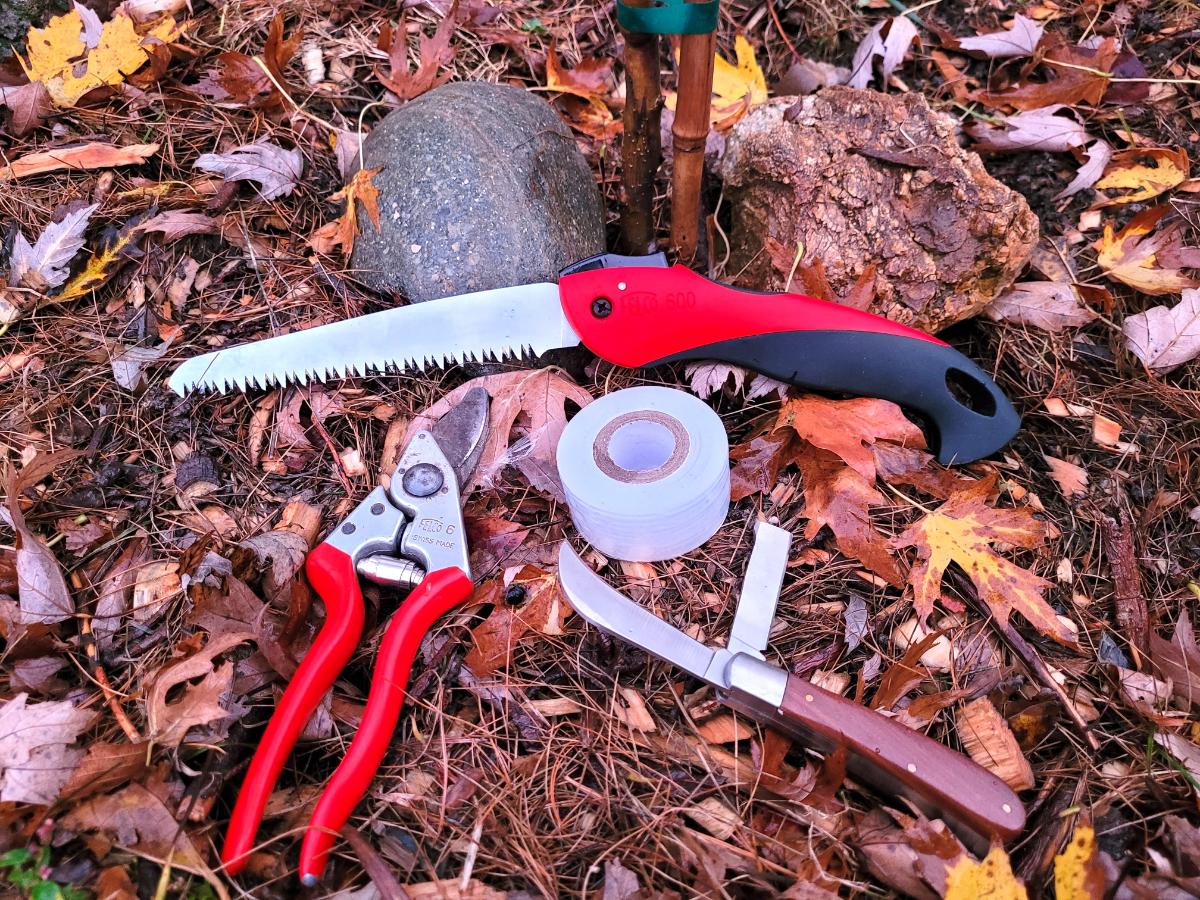
Don’t do any heavy pruning yet – that should wait until the fruit trees are fully dormant in winter. However, there are a few things that can be done before the trees go dormant.
Remove diseased, dying, or dead branches.
Remove mummified fruit. These might have been caused by a fungal disease, so removing these gets rid of any overwintering fungus spores.
Some fruit trees should not be pruned in winter. Apricot trees and their relatives should be pruned in August to prevent eutypa, a water-borne fungal disease.
Know When to Spray Fruit Trees for Winter
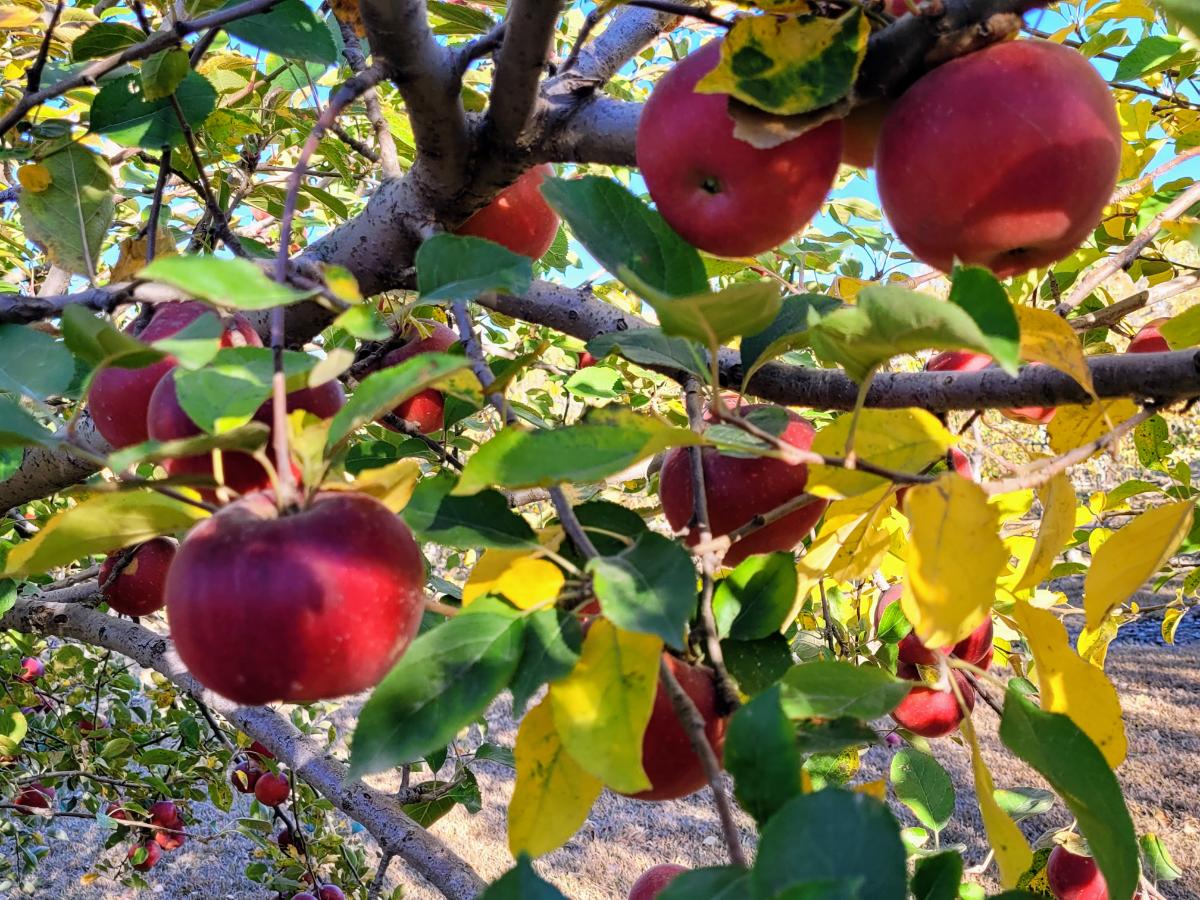
Dormant oil sprays are usually the spray of choice in winter to smother annoying insect pests as well as various diseases. (It’s also good for other plants, such as roses.) Lime sulfur is another good spray for blocking diseases, though this spray is no longer labeled as a fungicide in the United States.
Protecting Your Fruit Tree in Winter is Good for Your Tree

So this is how you can protect your fruit trees, both young and old, against winter’s freezes. Fruit trees are an investment – and they’re also great snack dispensers when they’re in season. Stay on top of this maintenance and you’re well ahead of the pack.
Learn more:
- 13 Pruning Mistakes that Will Ruin Your Fruit Trees
- 14 Basic Steps to Rejuvenate and Prune an Apple Tree
- How to Prune New Apple Trees for Best Fruiting
Read more gardening advice from Rosefiend Cordell.

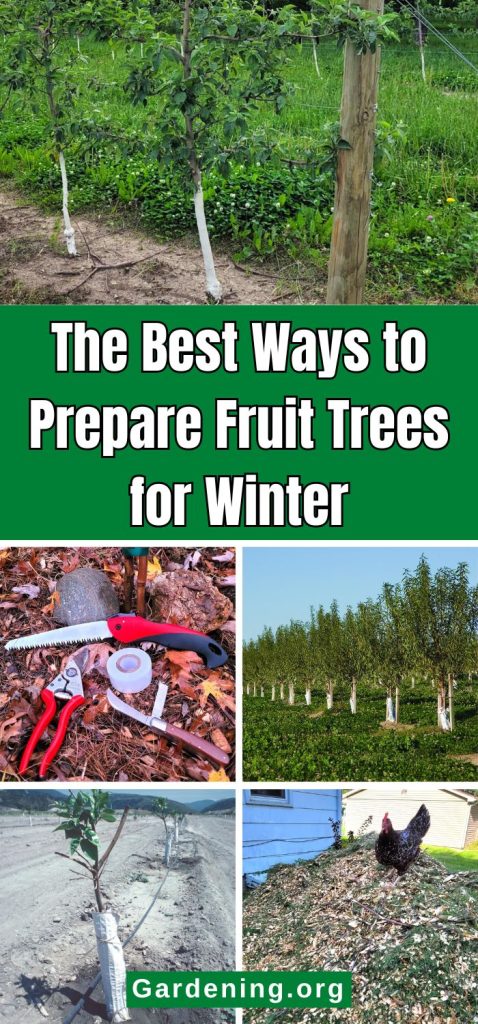
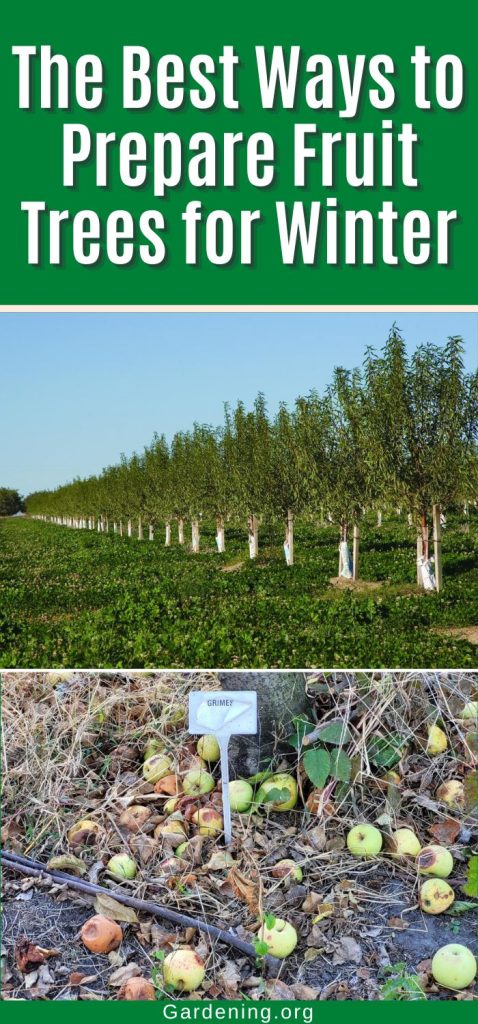
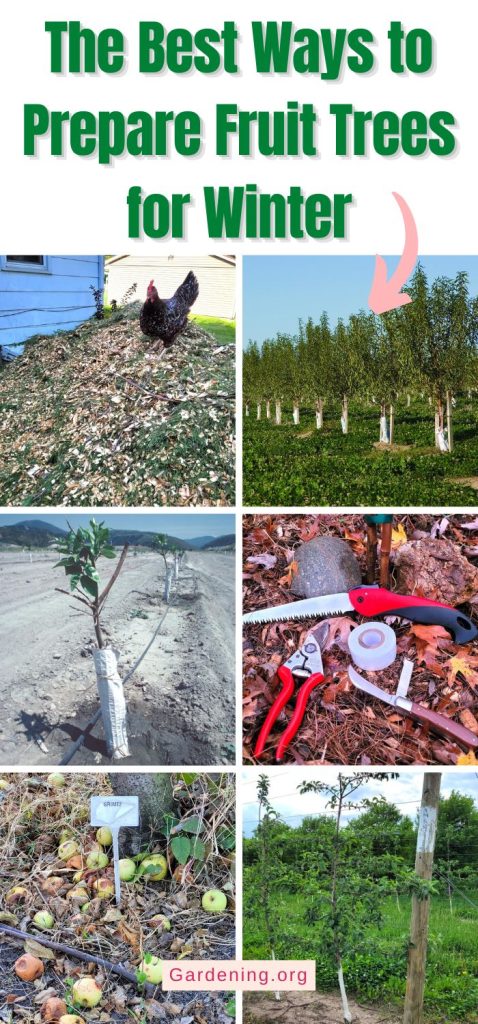
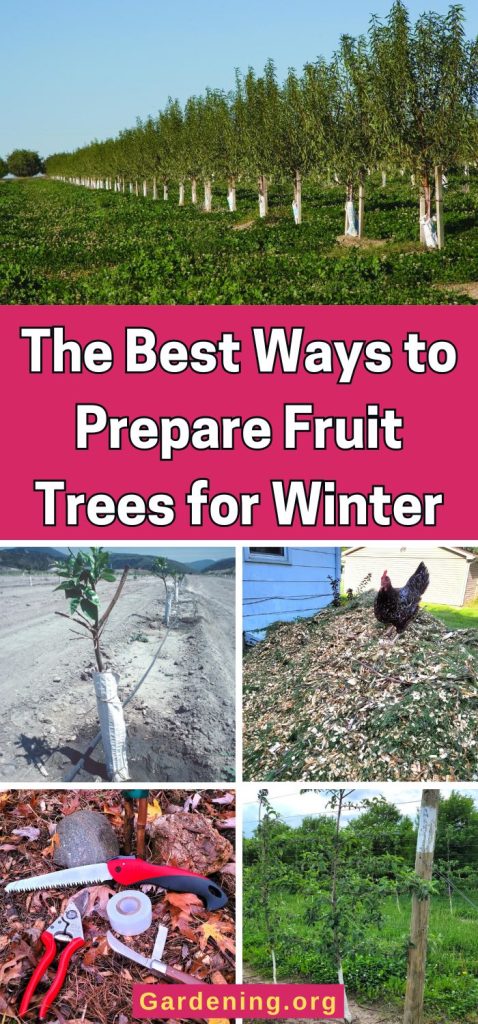
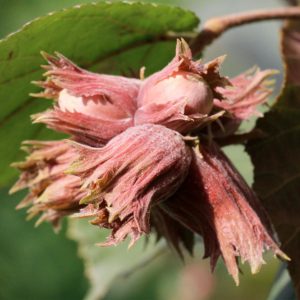
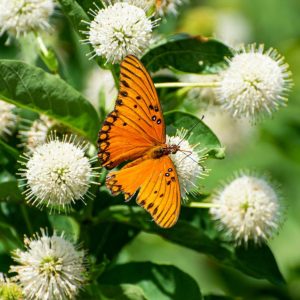
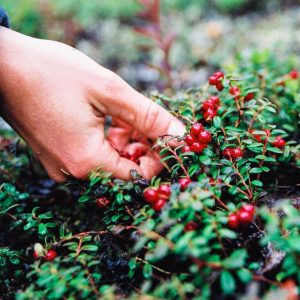

Leave a Reply